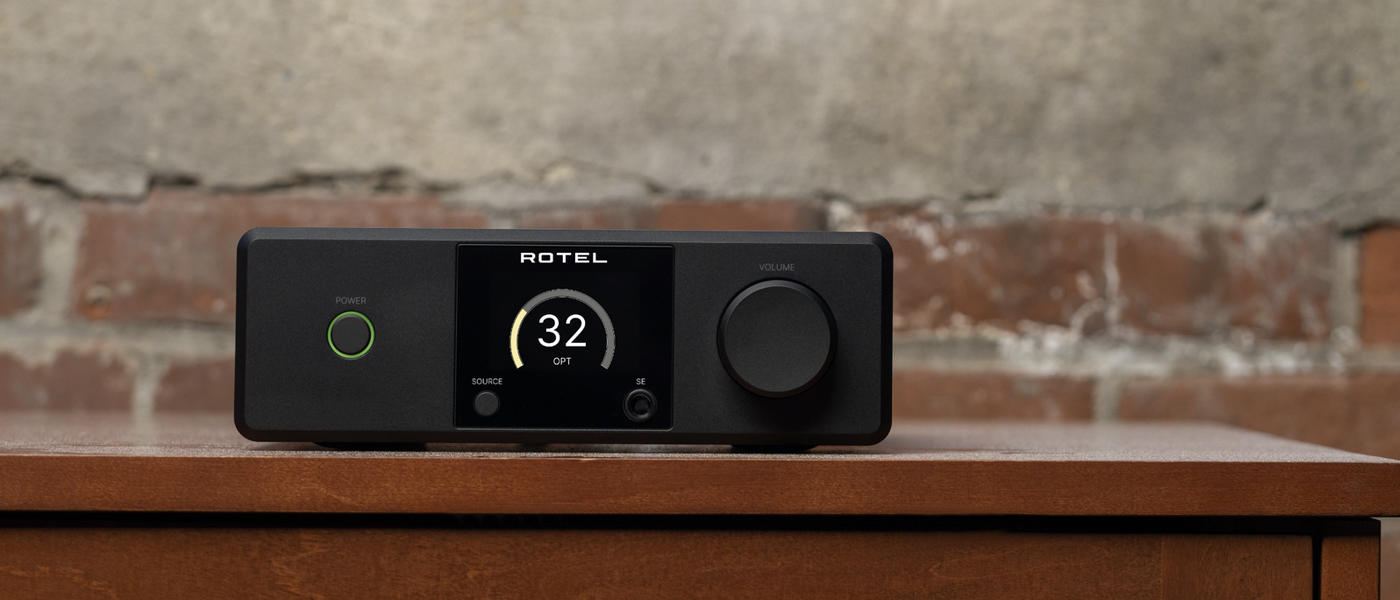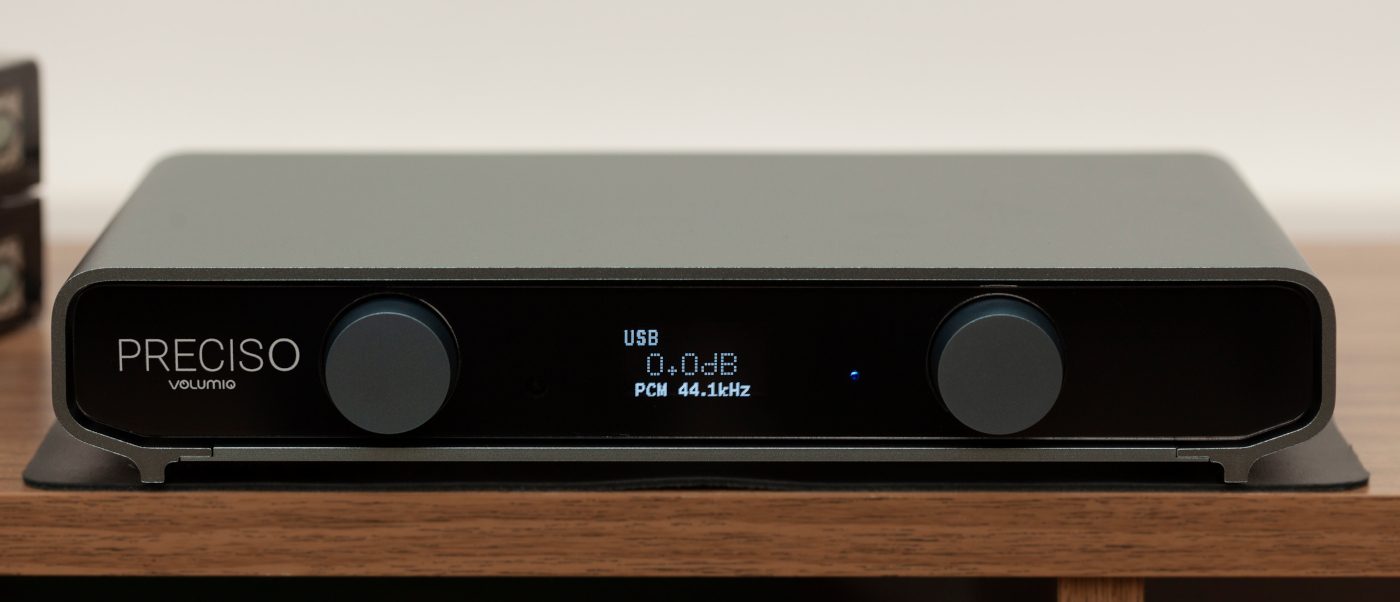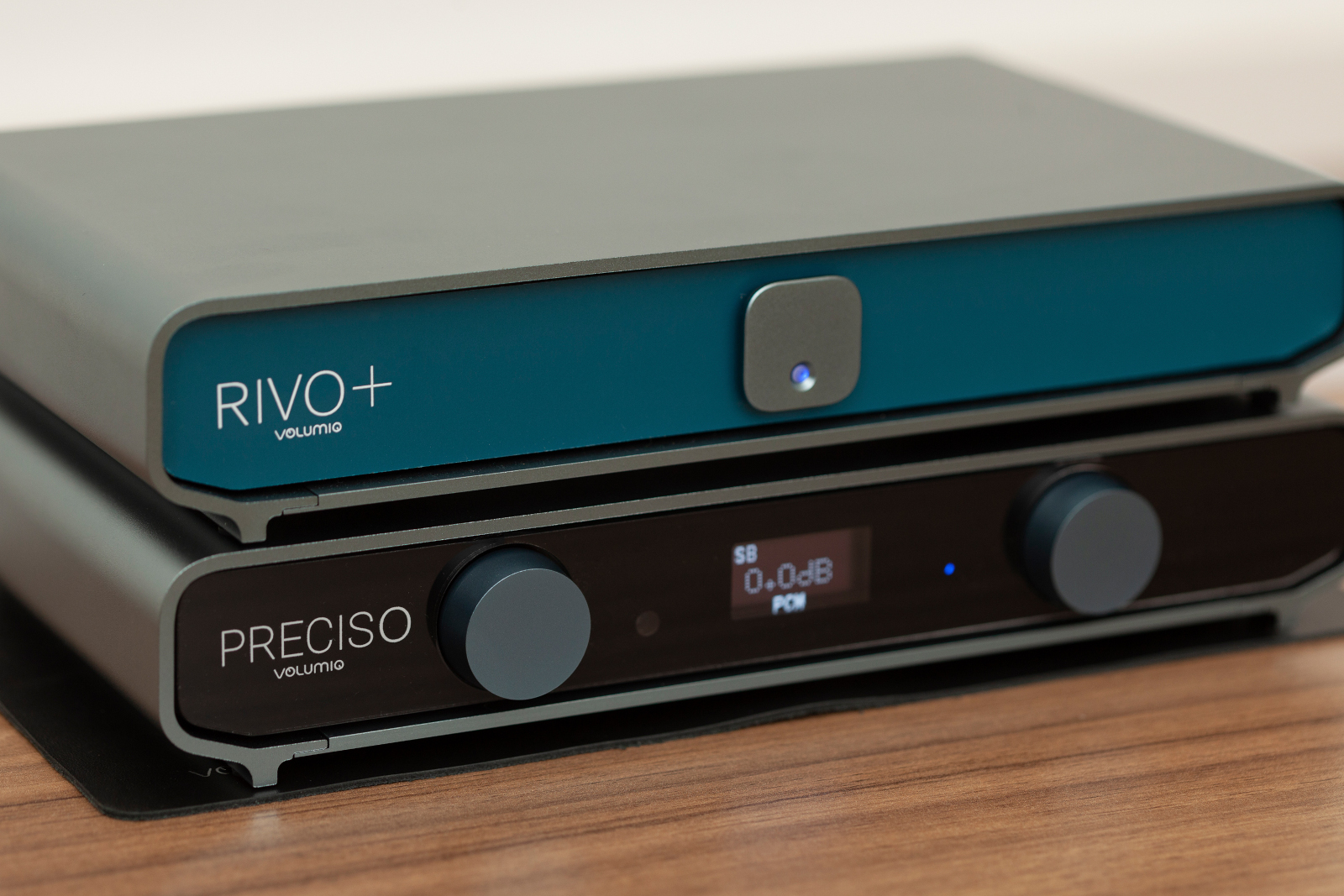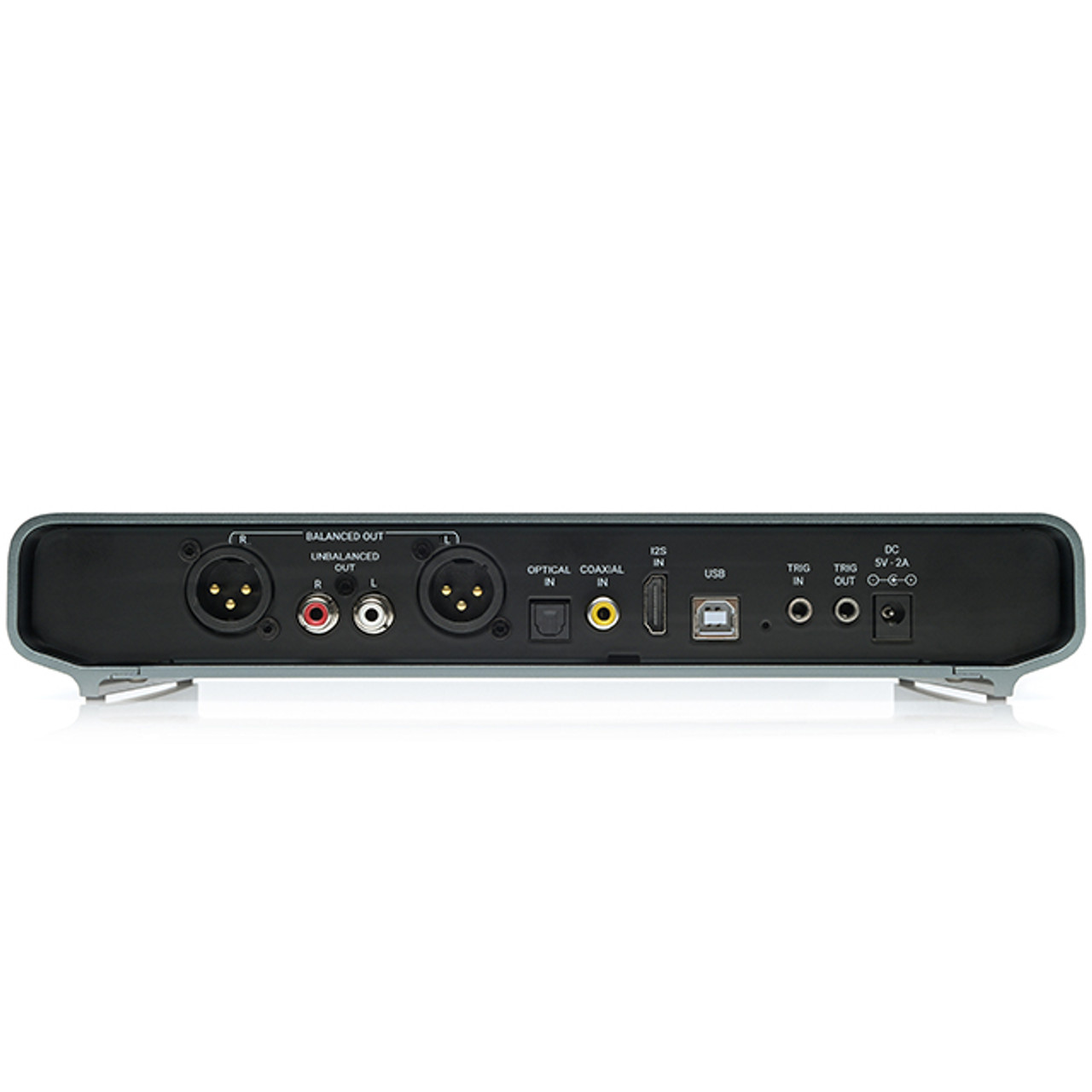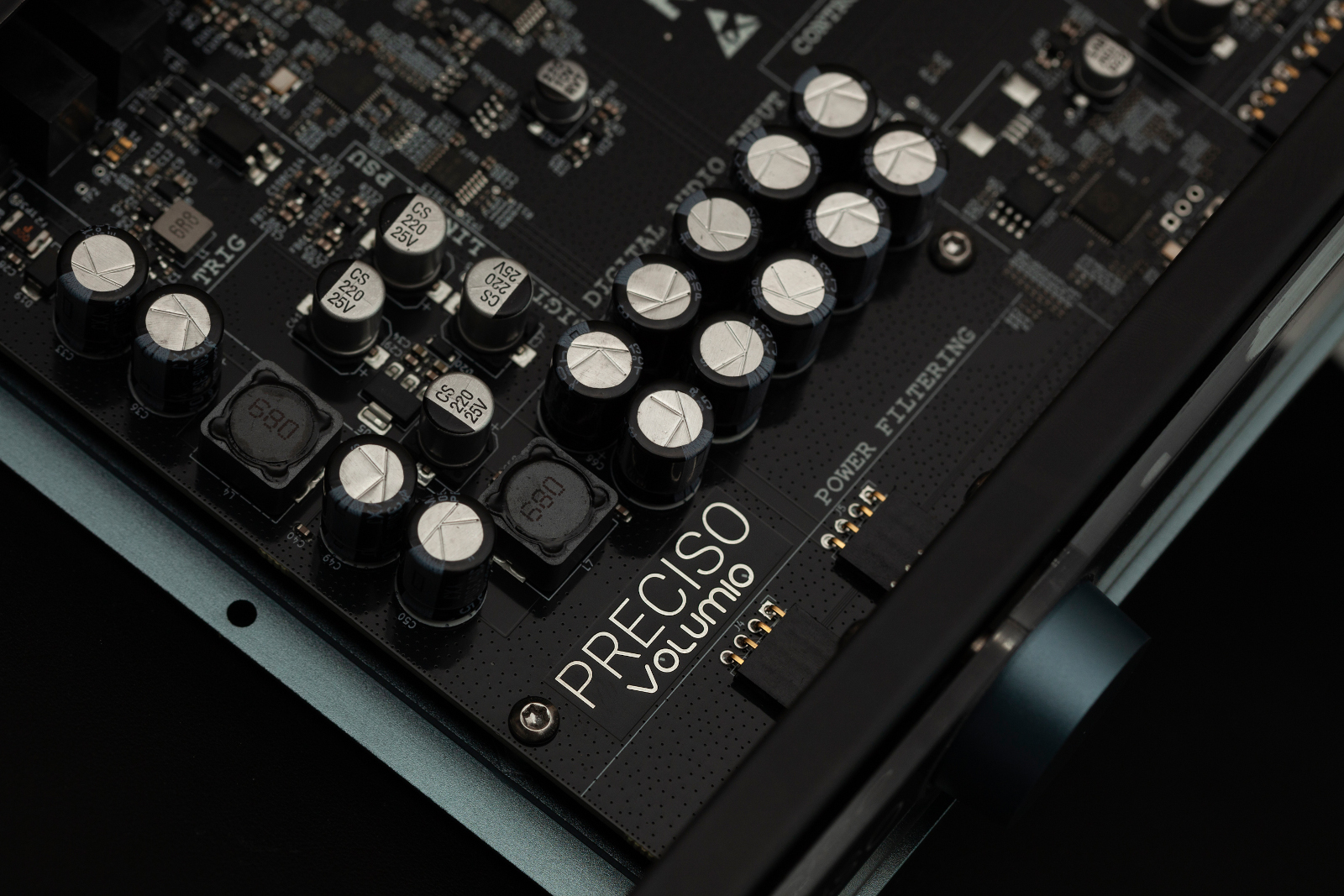But the Volumio Preciso manages to extract the most from the platform that I’ve ever heard.
The Volumio Preciso DAC is a great value at $899, with every feature, input, and output you could ask for, with fantastic sound quality.
Volumio Preciso DAC
- Fantastic sound quality, with great detail extraction and none of the dynamic and spatial flatness I normally associate with Sabre-based DACs.
- Extensive complement of digital audio inputs, with high-performance digital electronics.
- Eight user-selectable digital filters with extensive documentation, and a no-oversampling mode.
- Both single-ended and balanced inputs and outputs, with a fully balanced signal path from the DACs to the output.
- High-end end worthy build quality and looks.
- A very reasonable price given the performance, features, and build quality.
As I said when I recently reviewed the Volumio Rivo Plus streamer, there are a lot of choices when shopping for a DAC, especially in the $1,000 price range. And a lot of them are ESS Sabre-based, like the Volumio Preciso. I’ve listened to a lot of Sabre-based DACs over the years, and while they have a similar sound, they definitely do not all sound the same. The Volumio Preciso is the best-sounding Sabre-based DAC I’ve ever listened to. It manages to avoid many of the shortcomings I have previously associated with Sabre DACs, while retaining all of the good stuff. This DAC has a plethora of inputs and outputs, great build quality, handsome looks, and pairs perfectly with Volumio’s streamer offerings. Given all of that, it’s a great value and should definitely be on your audition list if you’re looking for a DAC priced around $1000.
Digital USB Input Up to PCM 768kHz/32bit and DSD512 USB 2.0 Type-B connector
Digital S/PDIF Optical Input Up to PCM 192kHz/24bit TOSLINK connector
Digital S/PDIF Coaxial Input Up to PCM 192kHz/24bit RCA connector
Digital I2S over HDMI Input Up to PCM 768kHz/32bit and DSD512
Stereo Analog Balanced Output Up to 4 Vrms XLR connectors
Stereo Analog Unbalanced Output Up to 2 Vrms RCA connectors
Input Power 5V DC / 2A Barrel Jack 5.5mm (outer diameter) / 2.1mm (inner diameter)
Trigger In and Out Ports 3.5mm jack, positive on tip
Weight:
4.95 lbs. (2.25 kg)
Dimensions:
10.6 x 5.9 x 2.0 in (27 x 15 x 5 cm)
MSRP:
$899
Website:
Company:
SECRETS Tags:
Volumio, Preciso DAC, DACs, two-channel, stereo, DACS Reviews 2025
Secrets Sponsor
The Volumio Preciso DAC uses the same size and shape enclosure as the recently reviewed Rivo Plus streamer, but with a grey anodized finish. The box consists of a relatively thick extruded aluminum with inset front and rear panels.
The front panel has two knobs, the left for adjusting functions and the right for power and for the digital volume control if you decide to use the Preciso in preamp mode. A small LCD display sits between the two knobs to show signal information and to navigate the menus.
The volume control of the Volumio Preciso is internal to the Sabre DAC chips. According to the ESS data sheet, the volume control is digital and can attenuate the signal from 0 dB to -127.5 dB in 0.5 dB steps. Since the chip is 32-bit, you should get 8 bits (about 48 dB) of attenuation before impacting the signal resolution of a 24-bit audio signal. Those Sabre DAC chips are the brand new ES9039Q2M stereo DAC chips configured in a dual mono configuration, meaning there are two DAC chips, each handling the positive and negative legs of the right and left channels. The internal analog circuitry is fully balanced. The single-ended RCA outputs are created with a proprietary output circuit that eliminates the need for a separate summing stage.
Power is provided by an external wall wart with extensive regulation on the PCB in the DAC. Separate regulation is provided for both the analog and digital circuitry. Volumio’s optional external DC power supply, the Lineo5, is not available in the United States due to customs rules and import regulations. The company is working on this problem and hopes the Lineo5 will be available in the US soon. I expect that a better external DC power supply would improve an already very good DAC.
The Preciso also uses the same Micro Electro-Mechanical Systems (MEMS) clock and the custom digital Application Specific Integrated Circuit (ASIC) chip that the Rivo Plus uses for the USB interface.
The rear panel contains all the inputs and outputs you’d expect from a DAC costing more, including an HDMI socket providing an I2S input. Outputs are XLR for balanced or RCA for single-ended. The unit also has 12V trigger inputs and outputs. I used the 12V input to automatically power on the unit when the Rivo Plus streamer turns on.
The Preciso does have an IR remote sensor on it, but as of now, it does not come with a remote. Volumio is in the process of developing a remote that will be available for sale in the future, but it is not yet completed.
What the manual does document very well are the 8 user-selectable digital filters: Linear phase fast roll-off, Linear phase slow roll-off, Minimum phase fast roll-off, Minimum phase slow roll- off, Minimum phase (default), Linear phase fast roll-off apodizing, Linear phase fast roll-off low ripple, and Minimum phase slow roll-off low dispersion. Since it’s hard to know what any of that really means, the manual has frequency response plots, impulse response plots, and tables with passband, stop band, group delay, and ripple specs for all the filters, so you know what they do. Switching between them using the left control knob can be done during playback without any sort of interruption or glitch, so you can easily listen to them all and find out what’s best for you and your system.
The Preciso also has a setting to defeat the oversampling of the Sabre DAC chips and process the digital signal with no oversampling and no digital filtering if desired. All in all, this is an exceptional level of user control and interface flexibility for a DAC at this price point. It’s also very well put together. It looks and feels like it should cost more.
I set up the Preciso fed by the Rivo Plus using the I2S input. Volumio recommended either the I2S or USB connection method, and I chose I2S since that has the least amount of manipulation. I2S is a serial digital protocol used a lot in electronics communication. I use it a lot in my day job as a radio astronomer. It has separate wires for the digital clock and the data, making low-jitter data transmission a lot easier. For that connection, the MEMS clock on the Rivo Plus sets the timing and sends that clock signal to the DAC to use. The ESS Sabre DAC chips in the Preciso “talk” I2S natively, so there doesn’t have to be any fancy conversion. The signal can go right into the DAC chips.
With the USB connection, the data is transmitted first asynchronously (meaning not in time with the clock used to reconstruct the audio signal). Then, the data is read out of a digital buffer using the MEMS clock on the Preciso to set the timing. Given it’s the same clock, they should be more or less equivalent, assuming everything is working properly.
I have an analog preamp in my system, so I did not try or use the Preciso’s digital gain control. That control is built into the ESS Sabre DAC chip. It has more magic to it than just the normal digital attenuation used in most DACs and eliminates the loss in digital signal resolution required when just attenuating the 32-bit digital words by shifting bits. I connected the 12V trigger out on the Rivo Plus to the trigger in of the Preciso, so the DAC automatically turned on with the streamer. I started listening with the default minimum phase fast roll-off digital filter, but tried them all. I ended up liking the Linear Phase Slow Rolloff filter (#2) the best.

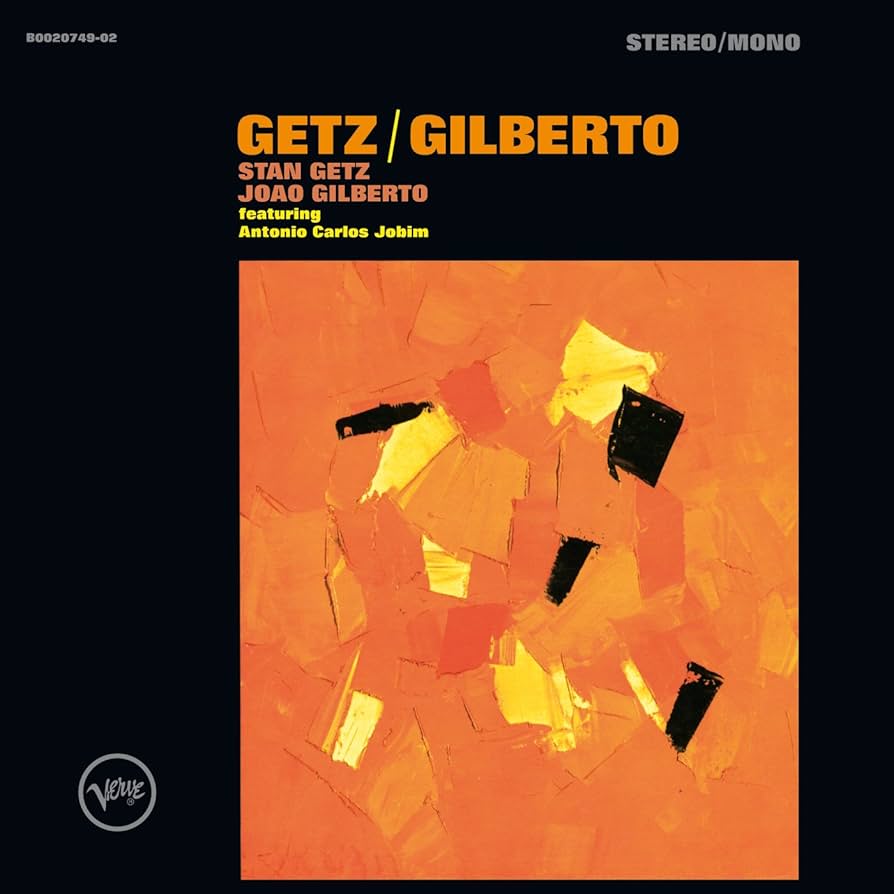
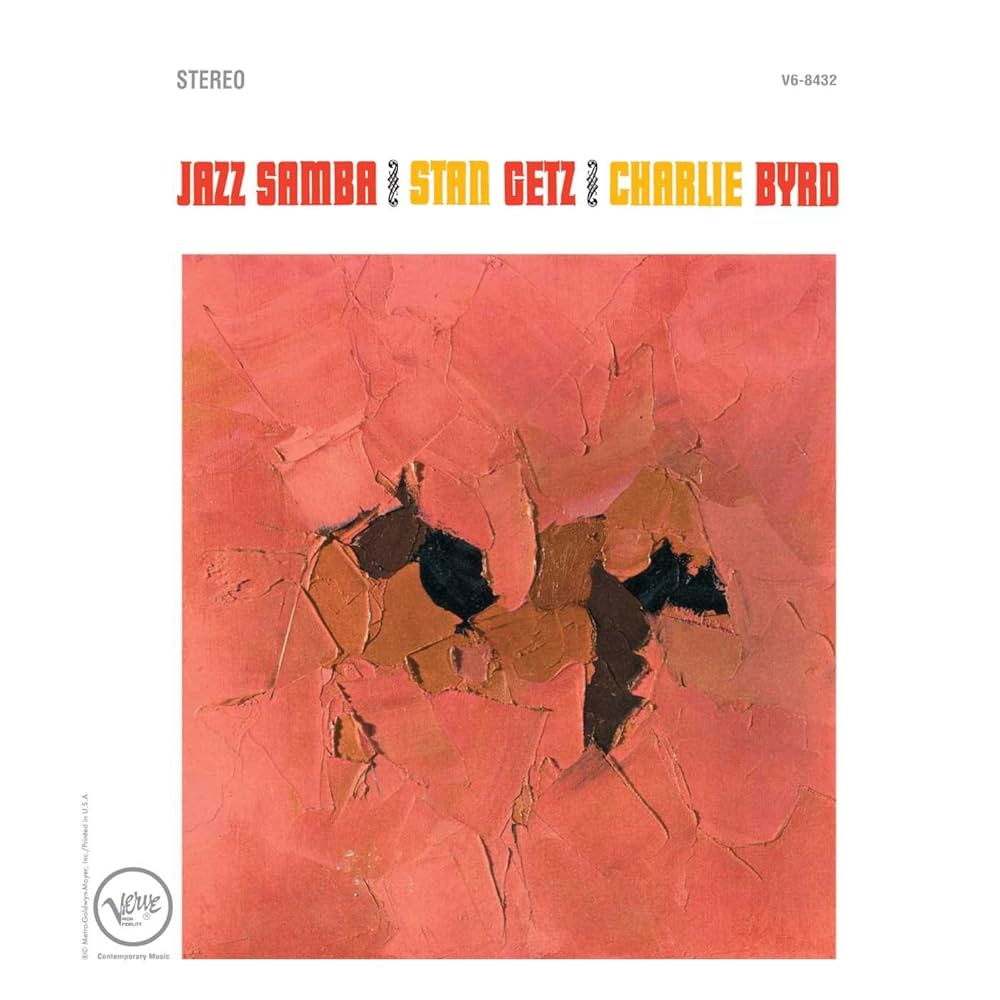
When I fired up the Preciso for the first time, I did have some preconceptions about what I would hear. I’ve owned several ESS Sabre-based DACs in the past, and they all had a similar sound. Lots of detail (good), but always a bit spatially and dynamically “flat” (bad). What I mean by that is not only does the soundstage seem relatively two-dimensional, but the microdynamics that make music sound “alive” were suppressed. As I’ve said in some of my analog reviews, this is the part that makes recorded music sound more “real” in my opinion.
The Preciso immediately surprised me because it had the detail, but it also had a three-dimensional soundstage, AND the dynamic “aliveness” was there. I can’t say if this is a characteristic of the new Sabre chip in the Preciso, the result of how it is implemented by Volumio, or a bit of both. Either way, it’s good.
One of my favorite tracks to test detail extraction is Calexico’s El Guero Canelo. The vocals are done with a lot of distortion through a squawk box. It’s REALLY hard to make out the words without a good system, usually requiring headphones. The Preciso did the job. There was enough image separation and detail extraction to hear the words. That same Calexico album (Feast of Wire) had excellent soundstage width and depth as well, with clear depth, height, and lateral delineation between instruments. This 3D soundstage effect is something that really excites me and is something I normally do not associate with Sabre-based DACs. But the Preciso made it happen.

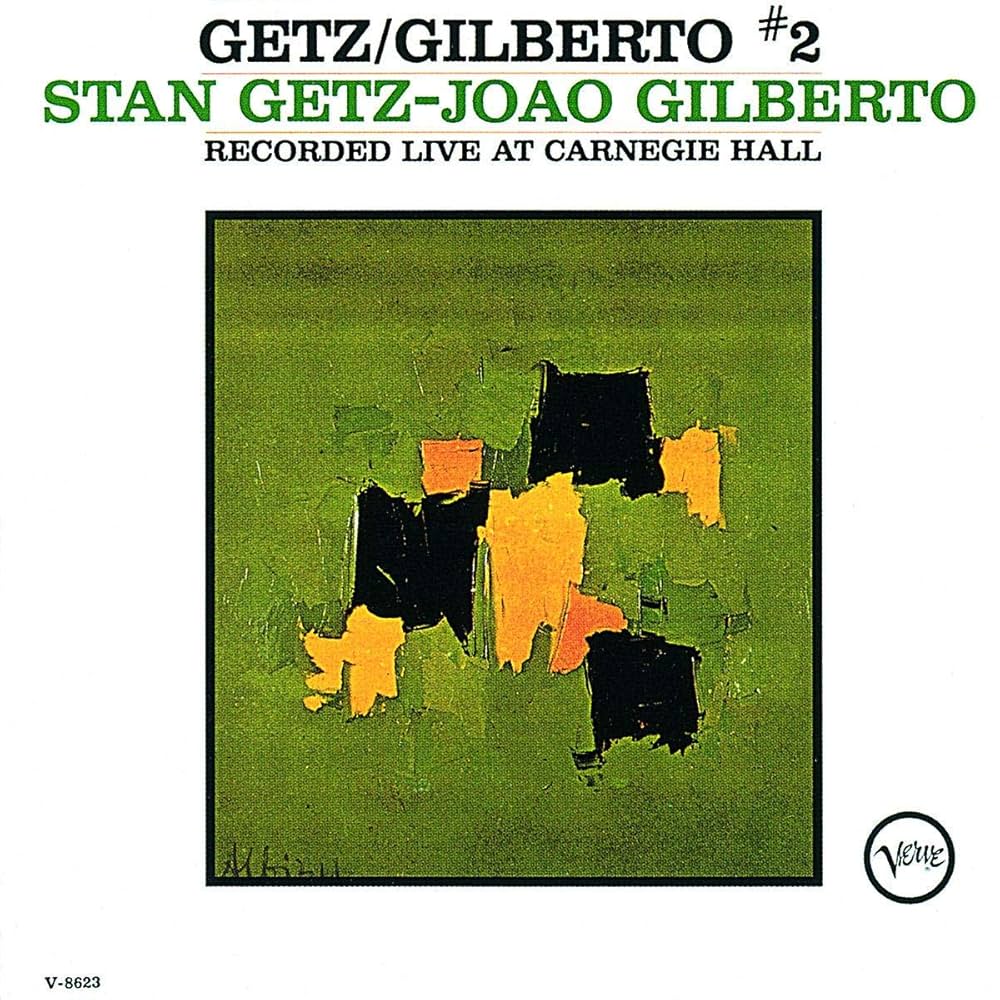
The other drawback of Sabre-based DACs I’ve mentioned is microdynamic flatness. This is where the DAC doesn’t do a good job at reproducing the small differences in volume that makes music sound “alive”. It’s like artificial dynamic compression was applied. Good analog rigs get this right in spades. The Preciso did a much better job than what I’m used to for a Sabre DAC.
I have several Stan Getz Bossa Nova albums on both vinyl and have access to them in high-res formats through Qobuz (Getz/Gilberto, Getz/Gilberto #2, Jazz Samba, and Big Band Bossa Nova). The Preciso did an excellent job of approaching the level of dynamic aliveness I get from my analog rig (Gem Dandy Polytable Signature, Jelco TK-850S MKII, Audio Technica ART-9XI, Vincent PHO-701). I think in the end, my preference was a wash. The digital setup had better detail extraction and a quieter background, but the aliveness (microdynamics) wasn’t quite as good. Maybe if all my records were brand new, it wouldn’t be as close. But normally, I vastly prefer analog over digital if I have the LP. The Preciso made it a close call.
Secrets Sponsor
The Volumio Preciso DAC is the best ESS Sabre-based DAC I’ve ever listened to, and one of the best “value” DACs you can get right now. I can’t think of something better for under $1,000. Although I certainly haven’t listened to them all.
- Handsome looks and very good build quality.
- Excellent sound quality, with great detail extraction, microdynamics, and a 3D soundstage
- A wide array of digital inputs and analog outputs, with very advanced digital and analog circuitry for the price.
- User-configurable digital filters with 8 well-documented choices, and a no-oversampling mode.
- A great value
- An included remote control, or the ability to control through the Volumio app.
- US availability for the Lineo power supply.
The Volumio Preciso is a very good DAC. It’s one of the more impressive pieces of equipment I have listened to in a while. I was not expecting it to sound as good as it did. I had preconceptions in my mind of what I expected a “Sabre DAC” to sound like, and I assumed that’s what I’d get. But the Preciso has managed to improve on those typical shortcomings without losing any of the good that the ESS Sabre platform is known for. That’s combined with lots of inputs, outputs, and format compatibility, very good build quality, and lots of user configurability options. I consider it a fantastic bargain at $899.


